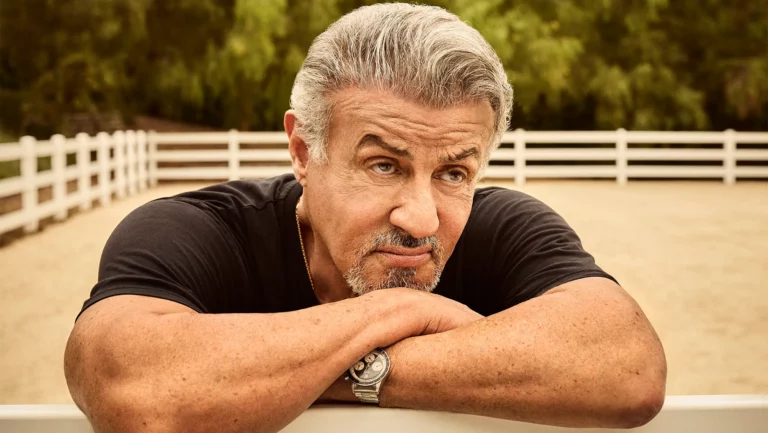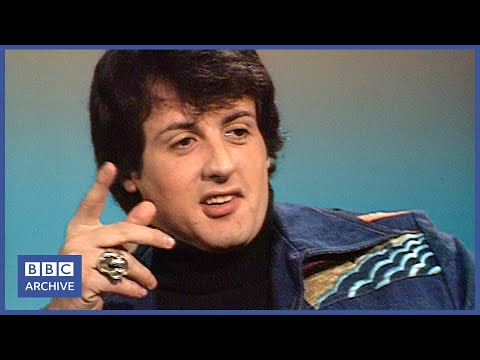In the annals of film history, few sequences are as visceral and enduring as the boxing matches in the “Rocky” series, particularly the punishing exchanges between Sylvester Stallone and Carl Weathers in “Rocky II.” Under the bright lights of the set, mirroring the electrifying atmosphere of a boxing ring, Stallone, not just the lead but also the director, opted for authenticity that bordered on recklessness, setting a standard for cinematic realism.
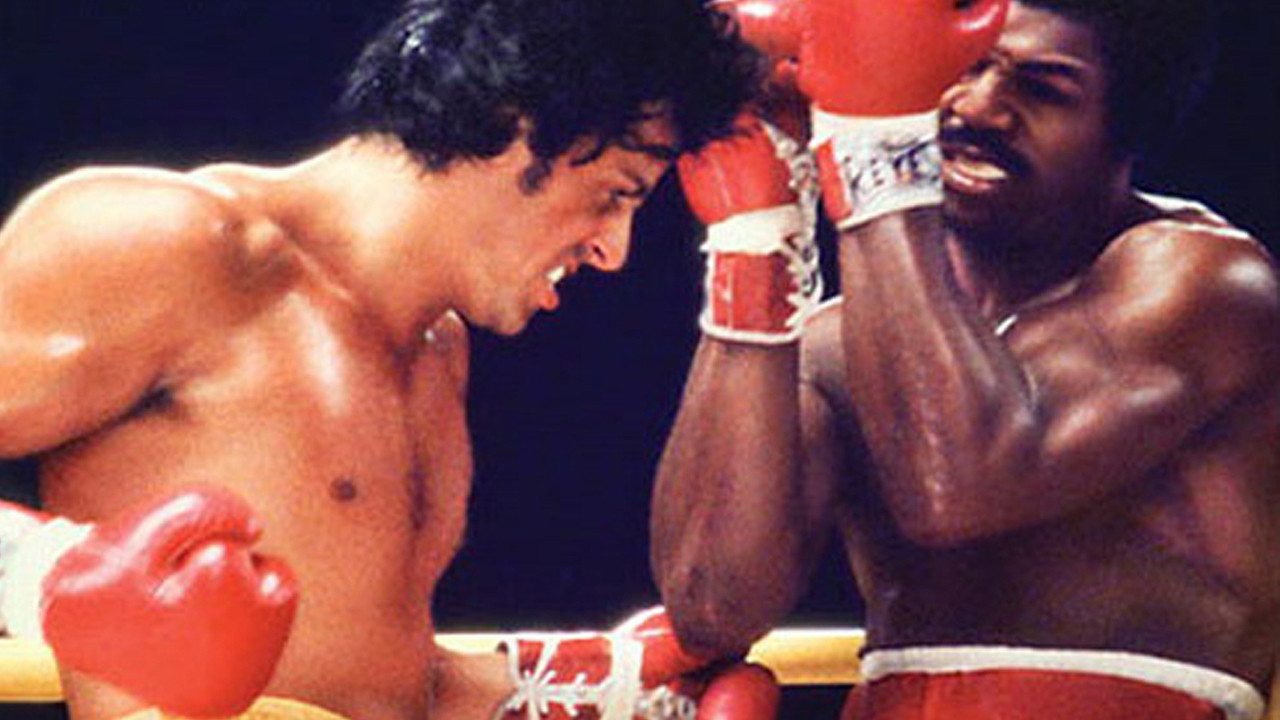
The Real Fights of Rocky Balboa
Sylvester Stallone’s portrayal of the underdog boxer Rocky Balboa became iconic not merely through his acting but through his physical commitment to the role.
“There’s a tremendous disorder in my body right now,” Stallone confessed in a conversation with RogerEbert.com, reflecting on the grueling filming process of “Rocky II.” “I’m real messed up inside. When we were filming ‘Rocky II,’ I took a terrible beating. I let Carl Weathers really pound me. It was the most grueling thing I’ve ever been through. Broken bones, the works.”
The decision to eschew choreographed fakery in favor of genuine physicality was a hallmark of Stallone’s direction, aiming to capture the raw, unpolished brutality of a real fight. “The fight’s four times as long and has eight times as many punches as the first one,” Stallone explained, highlighting the intensity and danger involved in their enactment.
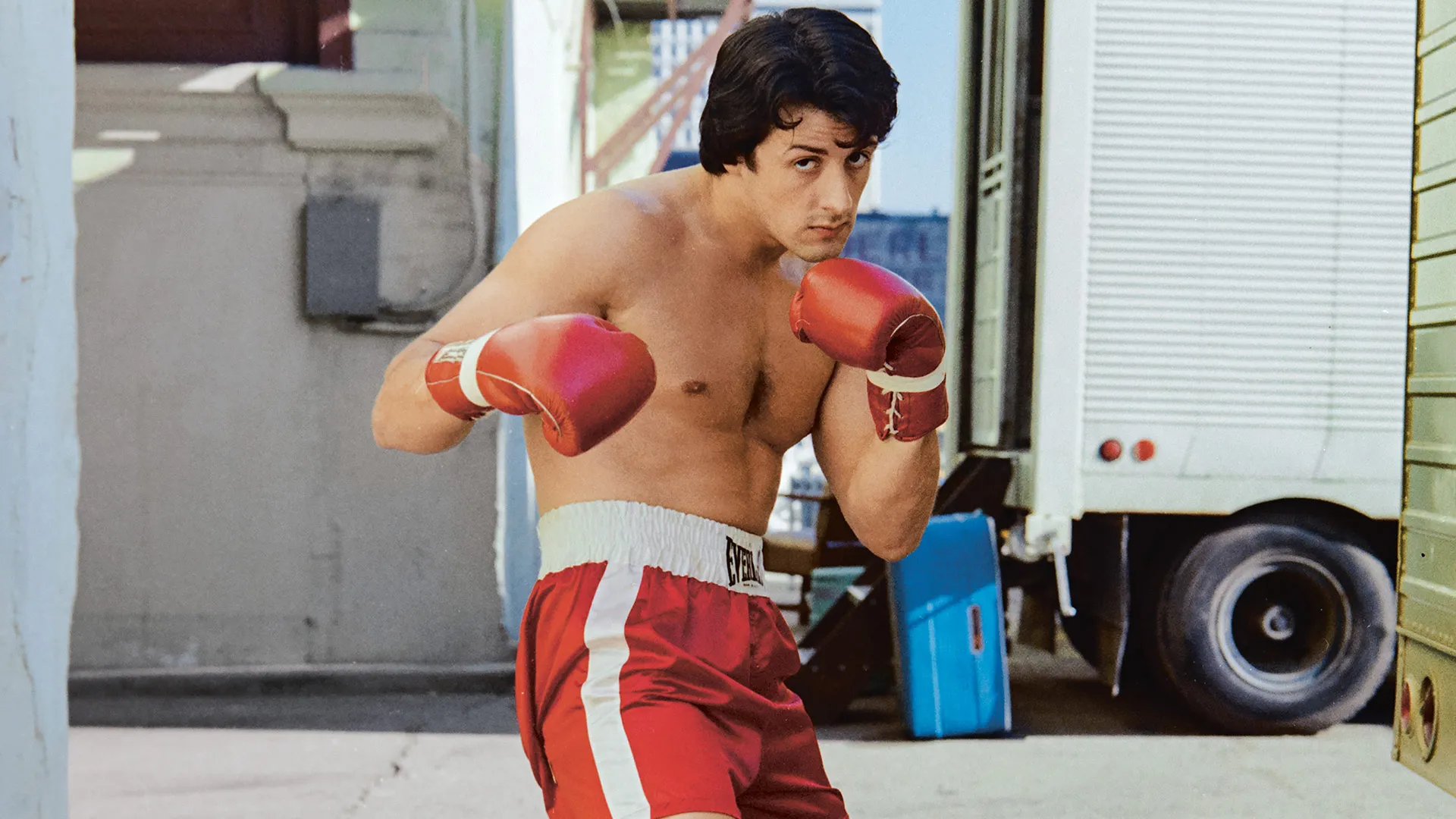
The Cost of Authenticity
While the fights propelled “Rocky II” to monumental success, they also left Stallone with significant health complications.
“It’s really bad. I have to go in for extensive testing. They talk to me about enlarged intestines, rearranged insides…I’ve lost a lot of weight.” Despite the personal cost, Stallone’s commitment never wavered. “I have to. I can’t make the movie without a fight. The fight has to look right, or the movie doesn’t end right,” he asserted, underscoring his dedication to the art.
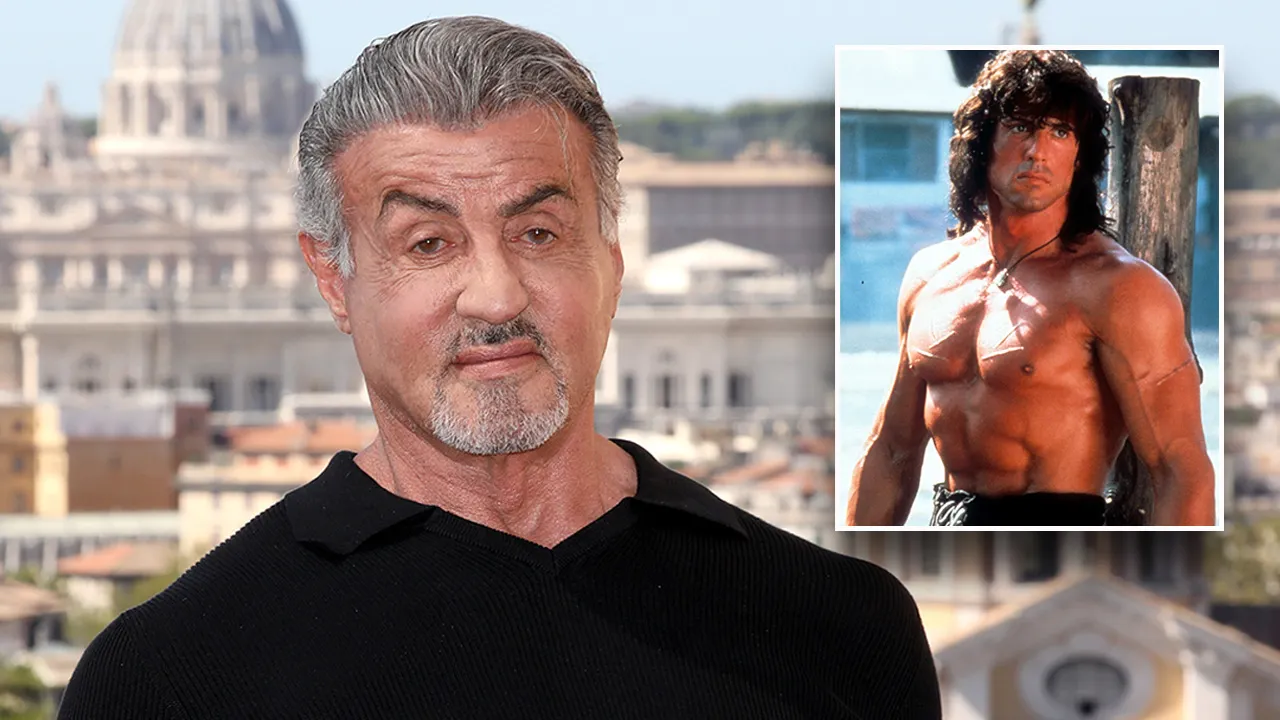
The impact of Stallone’s choices extended beyond the immediate pain. His drive to continue the saga led him to not only recover but also to prepare for the subsequent sequels, “I want to make ‘Rocky III’ in the pretty near future. Your body has a tendency to go to hell,” he remarked, acknowledging the ongoing physical challenges he faced.
A Legacy Cemented in Hollywood
Decades later, Sylvester Stallone’s portrayal of Rocky Balboa remains a defining moment in his career and a testament to his influence in Hollywood. At the age of 77, Stallone looks back on a career that not only shaped him as an actor and a director but also as a steadfast icon of the action genre. His sacrifices, particularly in the “Rocky” series, have not only entertained millions but have also set a benchmark in the portrayal of physicality and realism in cinema.

The “Rocky” series, with its blend of raw emotion, physicality, and cinematic storytelling, continues to be a cornerstone of sports drama, illustrating the lengths to which artists will go to achieve authenticity. Sylvester Stallone’s journey through the highs and lows of his character’s battles inside and outside the ring is a stark reminder of the physical and personal costs of creating something truly great.
